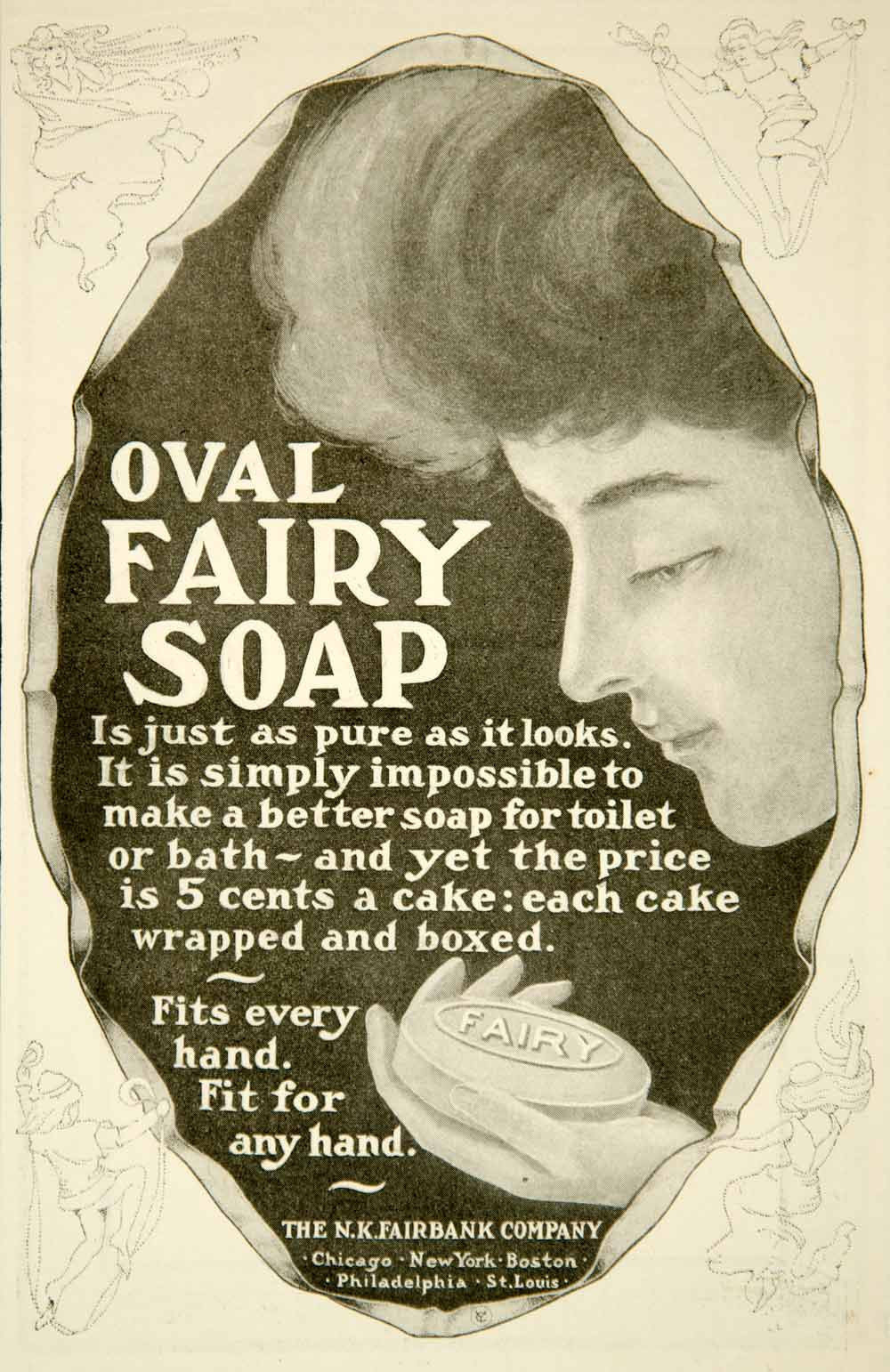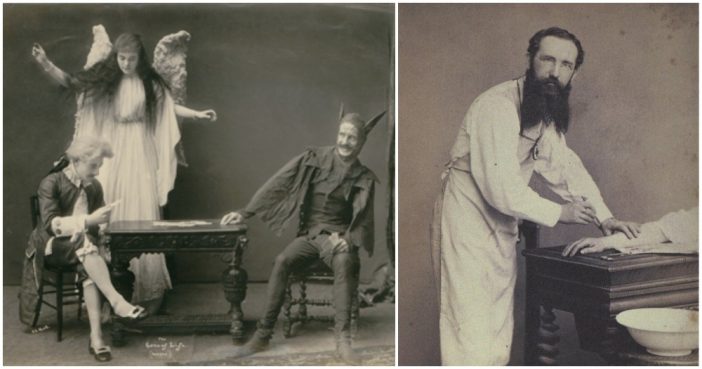
There was a clear advantage of taking photos of the dead, a practice which existed long before this age.
Memento mori, which means, “remember you must die,” often resulted in the living coming out slightly blurry because they would tend to move. But since the dead didn’t move, they appeared a lot sharper in the images.
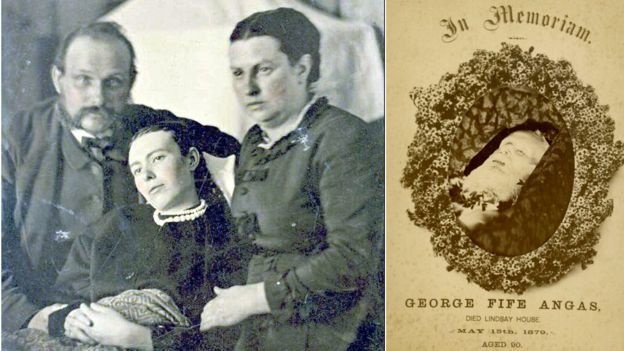
In some cases, the dead didn’t seem life-like, so photographers did the following to change that.
They painted eyes on certain occasions, as you can see from the photo on the left to make them appear like they were still alive, while the right photo on the right can’t mask the grim reminder that this loved one has passed on.
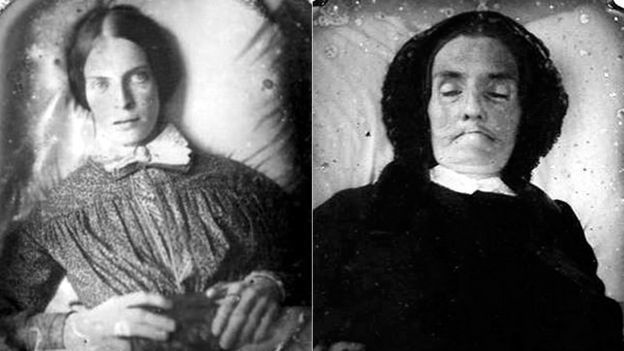
It often took the death of a loved one to get everyone together to take a family photo.
This practice ensured that the family would get to keep their beloved loved one immortalized in a photo. In this photo, everyone, including a cat, gathered around the deceased child, who looks like he’s sleeping peacefully.
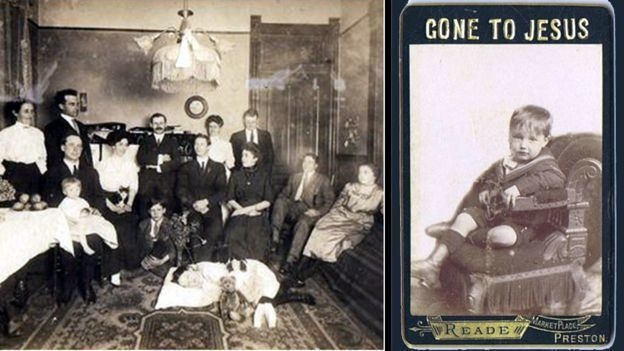
Egyptian burial rituals were fascinating to people in the Victorian age and in the 1900s.
In the early 1900s, Victorians were mystified by the artifacts that were dug-up from Egyptian tombs. And since mummies were unwrapped and placed on display, Victorian people would gather around to gaze at the exhibitions and attend several lectures on Egyptology.
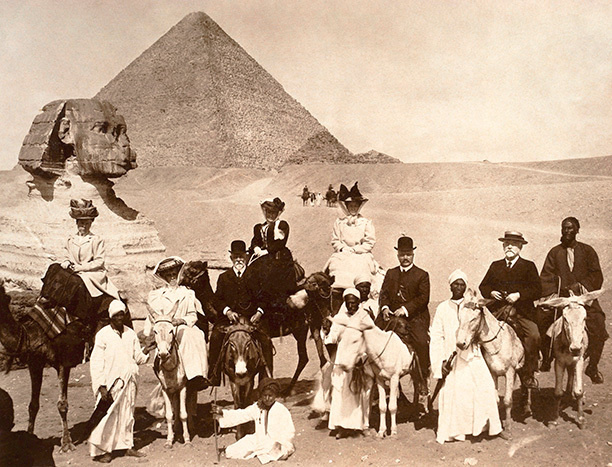
London fog, caused by pollution existed, so Victorians wore black to counter this problem.
In Victorian times, no one placed regulations on pollution caused by factories. The run-down areas in London also caused fires, which led to coal pollution and smoke, which combined with Thames’ smog. This smog would stain clothing, so Victorian people wore black to hide any discoloration.
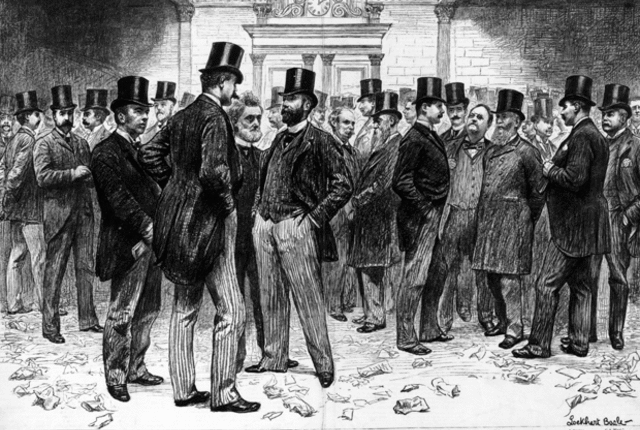
The concept of sex among people had society rules that didn’t really make a lot of sense.
Women weren’t really allowed to enjoy sex, but men having intimate relations with other men was acceptable as long as it didn’t become a public spectacle. But no one knew women could be gay, so two women could live together without arousing any suspicion.

Fasting was virtually considered an Olympic sport among most Victorian women in those days.
“Fasting girls” were in every newspaper and talked about women who allegedly survived without water or food. These girls pretend to not eat anything, just like in the case of Mollie Fancher, a woman who survived on air. For whatever reason, people thought this was cool.
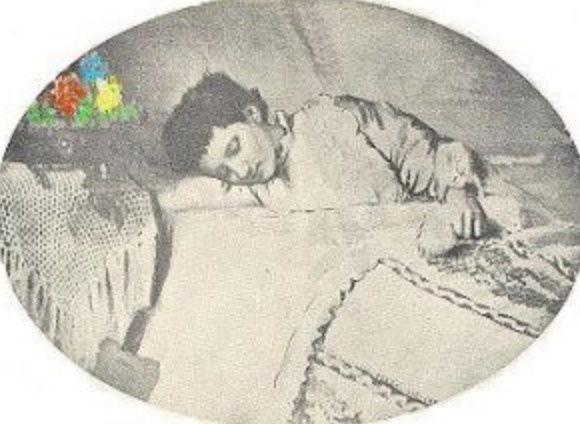
Bathing was not really considered to be a thing that you really had to do in Victorian times.
Victorian folks were stuck on that old wives’ tale that bathing was bad for your health. The upper class only bathed a few times a month in lukewarm water with bran added to it. The lower class bathed once a year. One girl was said to have washed her hair with a cracked egg.
